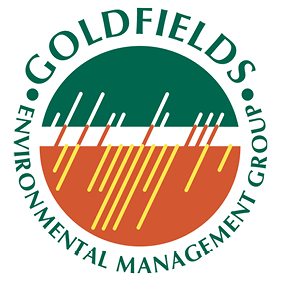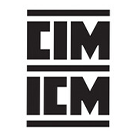Keynote Presentation:
Application of Alteration Facies and Infrared Spectroscopy (IRS) in Structural Geology Analyses.
Online | September 16 | 1:00 PM- 2:30 PM PDT
Alteration features can provide important clues to decipher the sense and amount of displacement in a fault during ore emplacement, and thereby optimize exploration strategies to target structurally favourable zones. This contribution emphasizes the use of infrared spectroscopy (IRS), and specifically point analyses of outcrops and mine exposures to incorporate invisible alteration information in the analysis of structural controls on epithermal mineralization.
In a practical sense, hydrothermal alteration form two groups:
- Visible alteration features currently require expert identification of diagnostic facies in outcrop, drill core, or mine exposures. In the epithermal environment they include features such as paleosurface indicators, paleowater table, and steam heated silicification facies. The recognition of contrasting visibly recognizable paleodepth alteration indicators on opposite sides of a fault can provide an estimate of fault displacement magnitudes.
- Invisible alteration features include a wide variety of data obtained through ground or remote sensing analytical methods such as IRS, geochemical analyses, and various geophysical techniques. These alteration data can be more efficiently digested by a data scientist than by a field geoscientist, if sound geological concepts and models are incorporated into the data sampling program.
Neither of the two groups provides a flawless methodology that can be applied to all epithermal deposits and prospects. Instead, the most robust input into structural geology analyses rests in a combination of visible and invisible alteration features.
Download full abstract...


